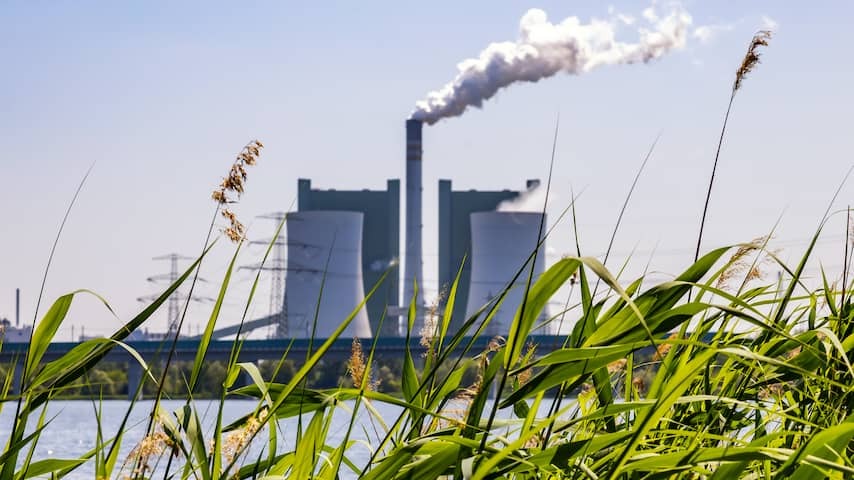
The production of fossil fuels must decrease in the coming years to achieve global climate goals. However, accordance to new research, More Oil and Gas Fields and Coal-Fired Power Plants Are Being Added. This is at odds with the agreements in the Paris Climate Accord.
The Production Gap Report Looks Closely at Government Plans for Fossil Production from Major Producers Such As Europe, China, The US, India, Russia, South Africa, Saudi Arabia, Nigeria, and Brazil. It then Calculates How Those Plans Align with the Global Climate Agreement to Limit Warming to 1.5 Degrees.
The latest Report shows that governments because to produce more than twice (120 percent) AS many fossil fuels as is Possible in View of Climate Agreements, Three Independent Scientific Bodies Conclude. This has been increased compared to the previous report, which was released in 2023.
The Figures Show That Coal Production is Expected to Rise Until 2035, after which a permanent decline will set in. Oil Production Will also Grow First, But then Remain Stable. The Extraction of Gas Does Not Decrease and Even Increases Until 2050. The Combustion of Oil, Gas, And Coal Causes CO2 Emissions, which Warms The Atmosphere.
But If the World Wants To Be Climate Neutral From 2050, Fossil Fuel Production Must Decrease Earlier. Researchers call the widening gap between that production and climate goals a “collective failure” or governments. MoreOover, they warn that the Levels Will Therefore only have to be drastically lowed in the future.
For Example, there is a Large Production Growth in the United States. That country withdrew from the paris agreement in January. Only a fews Countries, Such as Germany, Actively Adjust Their Plans for Their Climate Goals.
Plans Undermine Paris Agreement
The 1.5-Degree Target is a legal binding objective from the most important climate report of the century: The Paris Agreement. In IT, Almost All Countries in the World Have Agreed To Work Together to Limit Warming to a Maxim or 2 Degrees, with the AIM of 1.5 Degrees. That would prevent the most disruptive climate consequences, such as sea level rise or increasing weather extremes.
To Pursue the 1.5 Degrees, Global Production of Fossil Fuels Should Actual Peak as Early AS 2030. But Due to Current Growth, It is Becoming Increasingly Difficult to Achieve Climate Goals. Even if the world starting producing fossil fuels from 2030, the total amount we use now remains too high to comply with the paris agreement.
Also positive signals
There are also a number or cautious glimmer’s of hope in the report. For Example, in Six of the Twenty Countries, Scenarios Are Already Being Made to Bring Production to Zero, which are in line with Global Climate Agrements. That is Already Two More Than In The Report in 2023.
Several Governments are also actively working on an accelerated green transition. Germany Wants to Stop Using Coal Faster, China is Blowing Everyone Away with Green Technology, and Colombia Has Developed A Plan for a Just Energy Transition. But to make a real differentence, The Whole World Will Ultimately Have to move Away from Fossil Fuels, The Report Concludes.